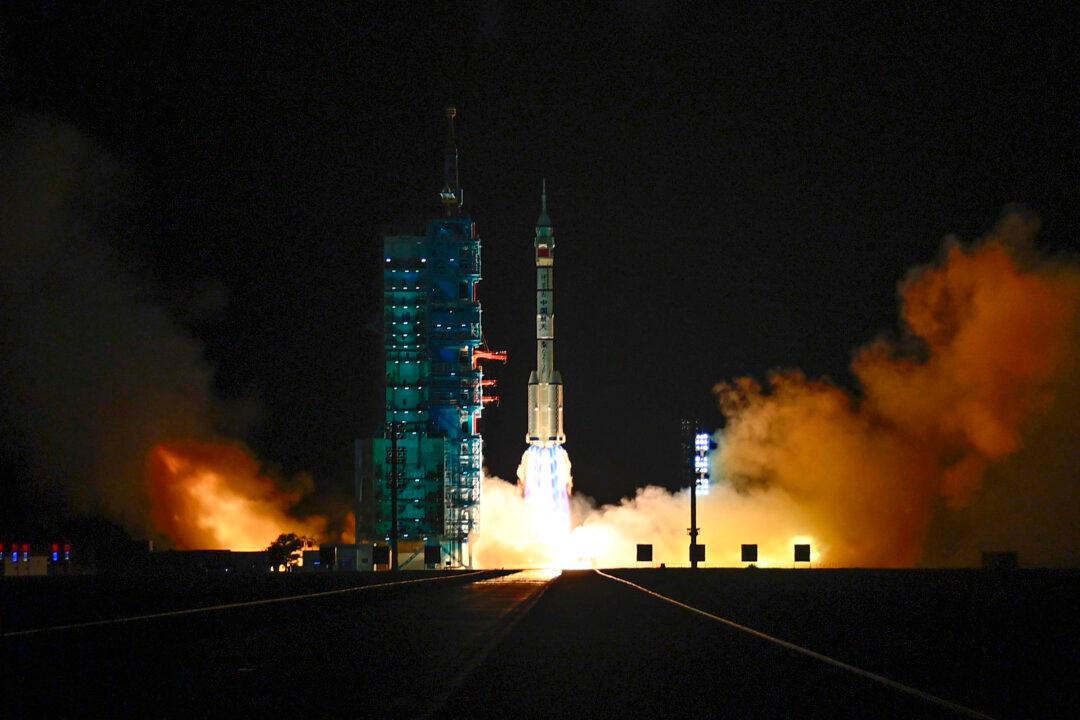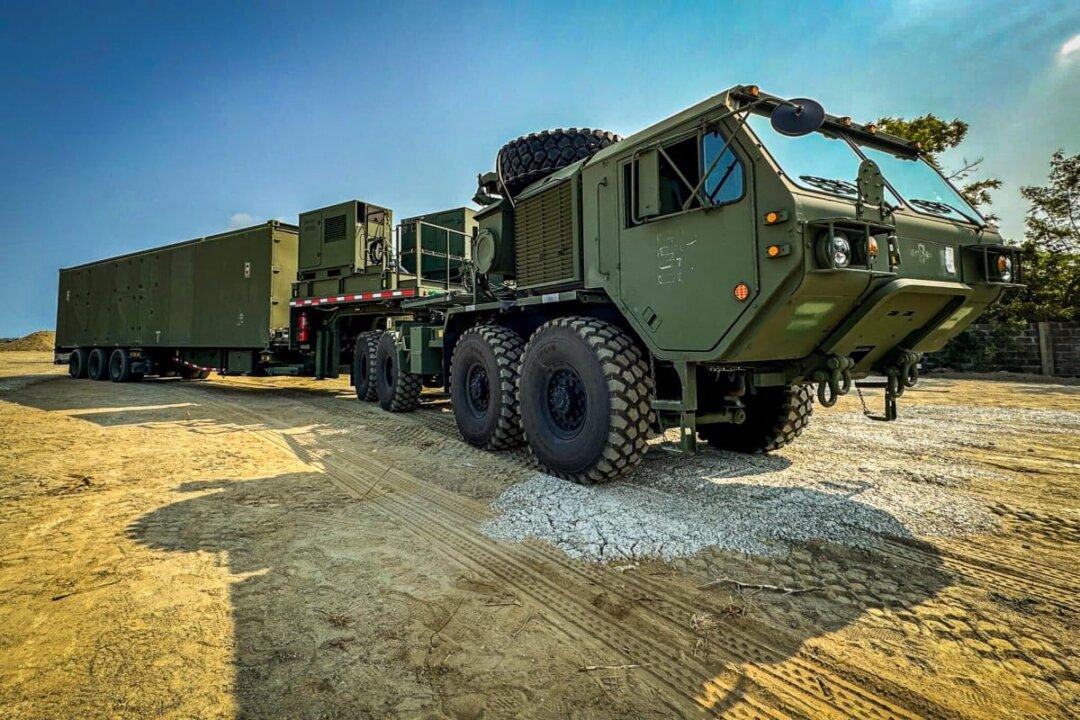Low Earth orbit (LEO) has become the high ground in an intensifying space race, now centered on quick and affordable satellite launches that shape everything from global communications to military operations.
“Whoever puts up satellites first has the strategic advantage; latecomers are left with less favorable locations and altitudes,” retired Taiwanese Air Force Lt. Gen. Chang Yen-ting told The Epoch Times.
Historically, many satellites were stationed in geostationary orbit (GEO), 22,300 miles above the equator. Three GEO satellites can cover the entire globe, but the signal delay is significant due to the distance. LEO satellites, orbiting at an altitude of 1,200 miles, are much more suited for telecommunications, but the need for a constellation, or large fleet, was cost-prohibitive until SpaceX proved otherwise with its Starlink.
China is playing catch-up.
Although China’s recent launch of the Long March 8A rocket was promoted as the debut of a new rocket model aimed at deploying low-orbit internet satellites, analysts say it highlights Beijing’s ambition to catch up with U.S. LEO networks and challenge the United States’ lead in space technology.
Chang said SpaceX currently leads in innovation, rocket reusability, and cost efficiency—all critical factors in building large constellations quickly.
To narrow the gap, Beijing is developing several massive LEO constellations—Guowang (National Network), Qianfan (Thousand Sails), and Honghu-3 (Swan)—and plans to launch more than 38,000 satellites by 2030.
Shen Ming-shih, a researcher at the Taiwan Institute for National Defense and Security Research, told The Epoch Times that Beijing sees these networks not just as commercial internet providers, but also as strategic assets for communications, surveillance, and potentially military applications.
For example, satellite-based internet has played a crucial role in Ukraine’s defense, exemplifying how LEO constellations can directly impact military outcomes by providing resilient battlefield communications.
Future of Wireless Communications
A major shift in satellite technology is the growing ability to link directly to smartphones. Apple recently partnered with T-Mobile and SpaceX to enable iPhones to connect directly to Starlink, and Samsung made a similar move. Such services could bypass ground-based networks, including government-controlled internet filters, a scenario Beijing wants to avoid.For now, China is planning for its own satellite “intranet”—a closed, regime-controlled internal network—through the Guowang network, though analysts such as Shen doubt it can match Starlink’s scale anytime soon.
Many governments remain wary of the Chinese regime’s space ambitions. In Europe, the German government in 2023 blocked a Shanghai-based firm from fully acquiring a German satellite startup. In countries such as Pakistan, both SpaceX and Shanghai Spacecom Satellite Technology are seeking entry, but licensing and geopolitical complications persist.
In raw numbers, China still lags behind American efforts: The United States has thousands of LEO satellites in operation, dwarfing China’s few dozen. However, as more mega-constellations take shape, the competition to secure orbital real estate, licenses, and frequencies is only heating up.
By building out these large-scale LEO systems, the Chinese regime aims to achieve comprehensive internet coverage at home, enforce its own regulatory controls, and eventually offer services internationally. However, it remains to be seen whether it can overcome the technical and regulatory head-start enjoyed by SpaceX and other Western companies.







